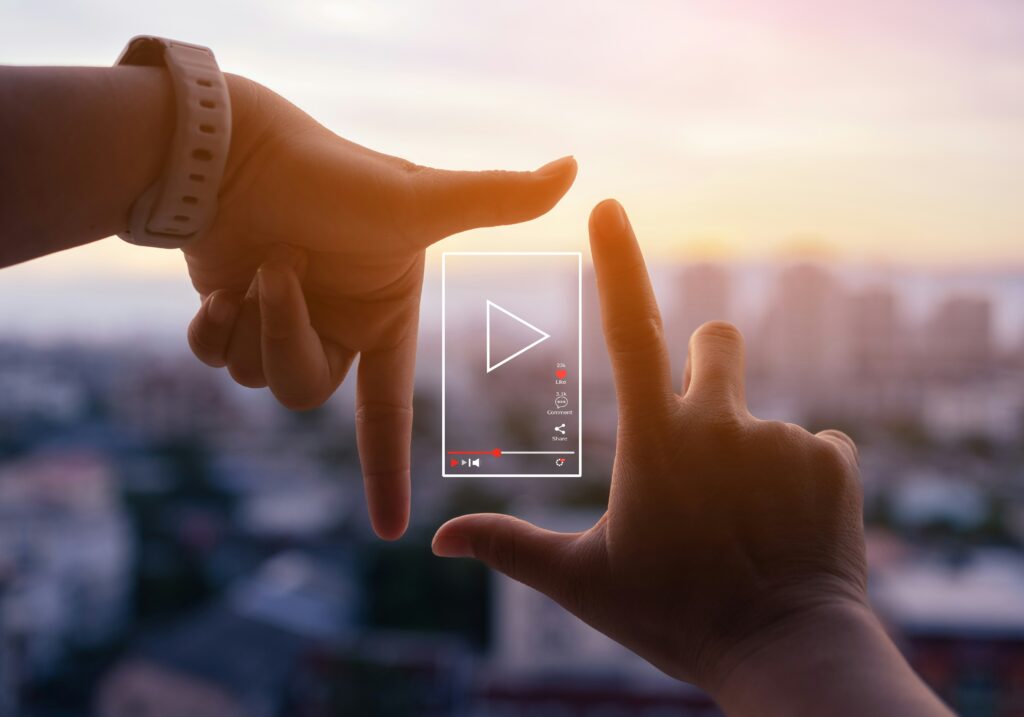Creating high-quality content takes time, energy, and strategy, but what if you could squeeze even more value out of the content you’ve already produced?
That’s where content repurposing comes in. It’s not just a productivity hack; it’s a smart marketing strategy that helps you reach new audiences, reinforce your message, and maximise ROI.
It can be a game-changer for small marketing teams, saving time and effort while amplifying reach.
This blog post will discuss all the ways you can repurpose content to save resources and not break your budget.
Before we dig into how, it’s important to understand why.

What is content repurposing?
Content repurposing is the process of taking an existing piece of content and making something else from it.
You could repurpose all the content or use specific elements in a new medium. This tactic is popular with brands and marketing teams, as it gets the most out of a single piece of content.
There is no limit to repurposing content and no hard and fast rules. One thing that is certain is that you should be doing it.
Why should you repurpose content?
Each piece of content you create should have a defined purpose and a target audience. By repurposing content, you can expand your content’s reach.
For example, a podcast episode may be listened to by hundreds of people. But, by creating a blog post on the same topic, you could expand your reach to thousands of searchers on Google who might not like listening to podcasts.
Repurposing content expands your content calendar by as many pieces as you repurpose without the need to think of new ideas and topics. If you’re struggling for ideas for your content strategy, repurposing existing content relieves the burden of drumming up new briefs for writers or creating content that doesn’t fit your strategy.
Furthermore, when you change the medium of your content, you can express points in different ways that become clearer to your audience. You may mention a topic in a blog post that you’re passionate about, but not want to get carried away writing, as you know your blog readers skim your site.
In video format, where you know YouTube viewers are likely to watch the entire video, you can show your passion and expertise by really digging into a subject. The more formats your content exists in, the wider your audience and the larger the opportunity to showcase thought leadership and subject matter expertise.

How do you repurpose content marketing?
There are an infinite number of ways to repurpose content marketing. Consider the content you consume daily.
You could repurpose your existing content to quite literally any of these. Let’s use a blog post as the base for repurposing. There are 2.75 million posts published daily on WordPress alone, so it’s a natural starting point.
The reality is that a blog post isn’t complete until you’ve repurposed it at least once.
Here are three easy ideas for you to try:
Create an infographic or killer image
Using images should be part and parcel of your blog post creation process anyway.
They’re great for SEO, they break up chunks of text, and they help you be found on Google Images.
By going the extra mile and creating your own images, you own unique content that other people are likely to reference or reuse. This makes it easier for the reader to digest important information but also creates an asset that the reader can use (and link to) for their own content.
Once you’ve created your infographic, you can also share this as a standalone piece of content on sites specific for image sharing (like Pinterest, Flickr, or Unsplash).
This expands your audience to the nth degree. Regular readers may not be searching these sites. But you leverage a new audience who also wouldn’t find you.

Record a podcast about your blog topic
If you’ve written a blog post that people read and engage with, they will likely listen to the same topic as well. For some, podcasting is the preferred method of content consumption.
In fact, in 2021, a larger percentage of American consumers listened to podcasts weekly than attended church or religious services weekly: 24% to 23%. Sixty-eight million Americans are weekly podcast listeners.
So, you know you should record a podcast. But, how do you get started?
It sounds daunting to think that you need a recording studio and a high budget to start a podcast. But the reality is quite different. You can start a podcast from home without any experience.
When you’ve recorded and edited your episode(s), share them as you would a blog post with your audience. Also, embed them in the blog post so readers have the option of listening instead of reading. This increases time on page and offers the reader a choice of experience.

Create a Video to Complement Your Blog Post
This isn’t going to be a section on “how you must use video marketing” because you don’t have to.
But creating a short video can be a smart move if you’re looking for an easy way to enhance your blog content and reach a wider audience.
It’s true: videos often hold people’s attention longer than text. But that only matters if your video is relevant and offers real value to your audience. And if you’re camera-shy, don’t worry! You don’t even have to appear on screen. There are plenty of creative ways to make a video without being in front of the camera.
Once your video is ready, upload it to YouTube or Vimeo to increase visibility—but don’t rely solely on those platforms to do the work. You’re not creating brand new content here, you’re repurposing what you already have.
Use the video description to link to your original blog post so viewers can dive deeper into the topic. A short, engaging video can serve as a preview or teaser for your blog post, driving traffic back to your site.
And it works both ways.
If you start with video content, consider turning each video into a blog post. This could be as simple as a transcription, a Q&A-style write-up, or a fully fleshed-out article.
Don’t stop there, snip out the best parts of your video to create teaser clips, highlight reels, compilations, or social media posts. You can even turn short, punchy moments into GIFs and use them across social media platforms to boost engagement.
The goal is to make the most out of the content you’ve created without doubling your workload.
For more SEO and PR Tips, check out our latest insights here or be the first to hear by signing up to our mailing list
